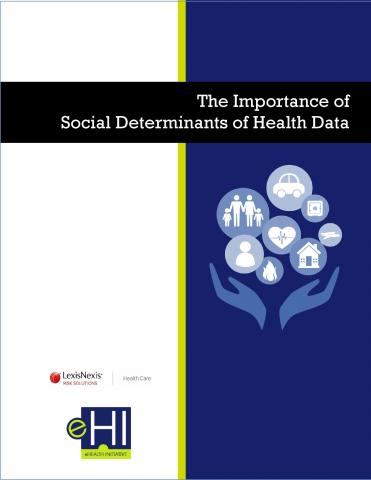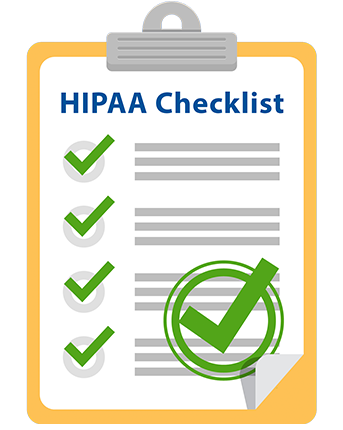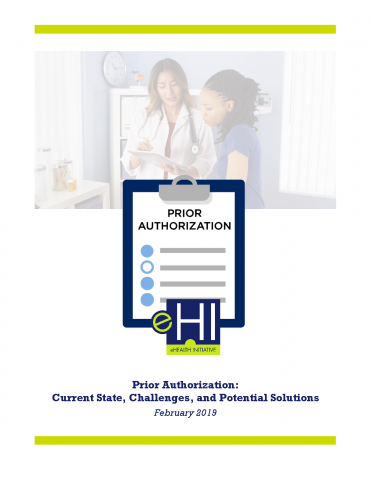“Am I a bad person?” Why one mom didn’t take her kid to the ER — even after poison control said to.
“Am I a bad person?” Why one mom didn’t take her kid to the ER — even after poison control said to.
Sky-high medical bills shape patients’ lives. Not only do the bills put patients in overwhelming debt, but they also affect the health care decisions patients make.
A common refrain around debates about reforming the health care system is the idea of rationing. But rationing is already at work in the United States. There are those who can afford the care they and their families need, and those who can’t — because they worry about going broke from things like a single emergency room trip.
The full Vox article can be viewed at this link.
How to fight an outrageous medical bill, best practices explained
How to fight an outrageous medical bill, best practices explained
I’ve come across some astounding charges investigating how emergency rooms bill patients. A woman in California fell off her bike and now faces a $20,243 bill. A patient in New Jersey never got past the ER waiting room and ended up with a $5,751 bill. A dad in Connecticut got a bill for $629 for the Band-Aid put on his 1-year-old daughter’s finger.
Most patients can’t afford these kinds of bills. But they often don’t know that it’s possible to negotiate them down.
I recently interviewed a dozen patients who successfully got their bills reduced, some who were unsuccessful, and even one whose bill went up after he attempted to get it lowered (more on that later).
I learned that people can indeed shrink their bills, but only if they’re willing to put in significant time and, in some cases, money. Here’s what patients say worked — and didn’t.
Best Practices
- Challenge what’s in your bill and how it was coded - Find any documentation about how your medical visit was coded and what services were provided. Once you get an itemized bill, you can analyze it for mistakes. You might see a charge for something that never happened, duplicate fees, or things being billed at exceptionally high prices. In the emergency bills I’ve read, I’ve seen a decent number of success stories from patients who challenge the coding of their facility fee — the charge for walking into an emergency room and seeking care. Emergency rooms typically charge higher facility fees to cases they deem especially complex, using a 1 to 5 scale.
- Ask for a prompt-pay discount - Patients I’ve spoken with said they often found hospitals pretty willing to offer a discount to those who are ready to pay their bill right then and there. From the hospital’s vantage point, this often makes sense: It can be easier to take a smaller payment rather than chasing down a bill you might never pay.
- Call. Then call again. And again. And again. - This is something I heard from nearly every patient I interviewed: Negotiating a medical bill almost always involves time on the phone. This is all about getting to the person who has the power to change your bill.
- Consider hiring a professional - If you're a patient facing especially big bills, consider working with a professional patient advocate who knows the ins and outs of medical coding.
- Go public - When all else fails, shining a spotlight on your bill can often do wonders. Find out who covers the health care industry for your local paper and send an email. It’s important that you have your billing documents and are willing to share those with the reporter. If you’re not having luck with a reporter, social media can be helpful. Tweeting or posting on Facebook (and tagging the involved parties) is a pretty low-effort way to get some attention to your case.
- Be aware that sometimes negotiating won’t work — and can even backfire - At the end of the day, it’s really up to the hospital whether to say yes or no. And in some cases, attempts to lower a medical bill can backfire.
The full Vox article can be viewed at this link.
The Importance of Social Determinants of Health Data
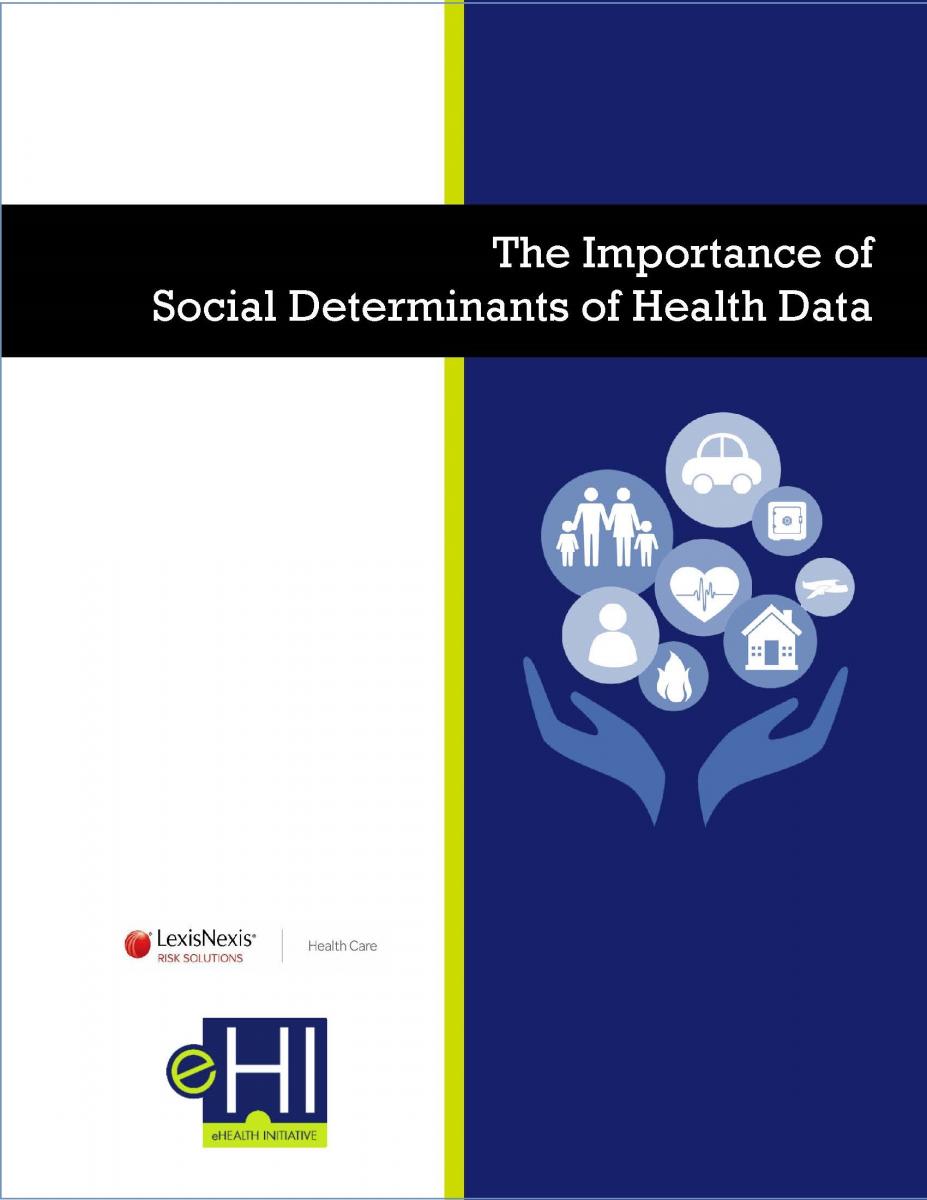 The Importance of Social Determinants of Health Data (SDOH) paper examines different industry approaches to addressing SDOH. The report demonstrates how SDOH data is critical to reducing cost and improving the quality of care provided by today’s healthcare system. In Winter 2018, eHealth Initiative Foundation and the LexisNexis® Risk Solutions healthcare business hosted the second in a series of roundtable meetings on data governance in healthcare. The roundtable focused on data governance from the perspective of Social Determinants of Health (SDOH), convening senior executives from across the healthcare spectrum. The goal of the meeting was to gather expert opinions on the use of SDOH data to benefit patients and providers. Medical care alone has a very limited effect on overall population health and could be significantly enhanced by pairing with approaches that address SDOH.[i] SDOH data is critical to reducing cost and improving the quality of care provided by hospitals and health systems.
The Importance of Social Determinants of Health Data (SDOH) paper examines different industry approaches to addressing SDOH. The report demonstrates how SDOH data is critical to reducing cost and improving the quality of care provided by today’s healthcare system. In Winter 2018, eHealth Initiative Foundation and the LexisNexis® Risk Solutions healthcare business hosted the second in a series of roundtable meetings on data governance in healthcare. The roundtable focused on data governance from the perspective of Social Determinants of Health (SDOH), convening senior executives from across the healthcare spectrum. The goal of the meeting was to gather expert opinions on the use of SDOH data to benefit patients and providers. Medical care alone has a very limited effect on overall population health and could be significantly enhanced by pairing with approaches that address SDOH.[i] SDOH data is critical to reducing cost and improving the quality of care provided by hospitals and health systems.
According to Healthy People, a U.S. Department of Health and Human Services (HHS) initiative providing science-based, 10-year national objectives for improving the health of all Americans, SDOH are conditions in the environments in which people are born, live, learn, work, play, worship, and age that affect a wide range of health, functioning, and quality-of-life outcomes and risks. Examples of social determinants include availability of resources to meet daily needs, such as safe housing and local food markets; access to educational, economic, and job opportunities; access to health care services; quality of education and job training; availability of community-based resources in support of community living; opportunities for recreational and leisure-time activities; transportation options; public safety; social support; social norms and attitudes, such as discrimination and racism; exposure to crime, violence, and social disorder; socioeconomic conditions, including concentrated poverty and the stressful conditions that accompany it; residential segregation; language and literacy; access to mass media and emerging technologies (e.g., cell phones, the Internet, and social media); and culture.[ii]
Driving the precision medicine highway: community health workers and patient navigators
Driving the precision medicine highway: community health workers and patient navigators
The general public is currently bombarded with direct-to-consumer advertising, real time “medical” guidance through the internet, access to digital devices that capture health information, and science-based adds that promote foods, cosmetics, and dietary supplements. Unfortunately, much of this information relies on terminology and concepts not well-understood by consumers, particularly those with lower levels of health and genomic literacy. Such constraints align with the limitations of the American public to obtain and process the basic medical information needed to make appropriate healthcare decisions. Low levels of health and genomic literacy render the American public ill-equipped to make informed decisions, use and interpret genomic information, or appreciate the benefits afforded by genomics-based technologies. We propose that coordinated expansion of the roles of community health workers and patient navigators within the precision medicine space can be effectively used to disseminate the knowledge required for the public to benefit from precision medicine advances in healthcare. A well-organized and trained community health worker and patient navigator workforce will provide a voice for the disadvantaged, especially among recent immigrants likely to be experiencing social isolation, language barriers, and economic deprivation. Armed with this knowledge, community health workers and patient navigators can advance the precision medicine agenda and empower disadvantaged communities to take advantage of major advances in the precision medicine era.
The full article can be downloaded below.
Death by a Thousand Clicks: Where Electronic Health Records Went Wrong
Death by a Thousand Clicks: Where Electronic Health Records Went Wrong
The U.S. government claimed that turning American medical charts into electronic records would make health care better, safer, and cheaper. Ten years and $36 billion later, the system is an unholy mess: Inside a digital revolution gone wrong. A joint investigation by Fortune and Kaiser Health News.
The full Fortune article can be read at this link.
Risky Business? Sharing Data with Entities Not Covered by HIPAA

In 2018, eHealth Initiative Foundation (eHI) and Manatt, Phelps & Phillips hosted two executive advisory board meetings on privacy and security in the age of wearable technologies. The risky business of sharing data In and Outside of the healthcare system is becoming more complicated, especially as consumer use of health applications and the desire to share health data increases exponentially. The roundtables convened experts in healthcare privacy and security, explored data sharing within and between organizations (including the relationships healthcare providers have with business associates and application (app) developers), and tackled data sharing implications for the bio-economy and the state, federal, and international policies and rules that aim to guide organizations through the murky terrain. The brief examines the significant amount of health data being generated from apps and consumer devices that are ungoverned by HIPAA and aims to clear up some of the confusion, offering tangible examples of what constitutes a covered and non-covered HIPAA entity, how to determine business associates in relation to HIPAA, provides an examination of federal guidance and regulations for covered entities and app developers, and discusses the nuances of the California Consumer Privacy Act (CCPA) and the General Data Protection Regulation (GDPR).
When Going Digital Makes Health Care Harder
When Going Digital Makes Health Care Harder
When Jeff Johnson, 66, went online to sign up for Medicare, the trickiness of the process left him frustrated and a little embarrassed.
“Even for me, a lifelong computer geek, there was a complexity that I did not understand. I had to call a friend for help,” he admitted.
If anyone should be able to sail through a digital portal, you’d think it would be Johnson. A computer science professor the University of San Francisco, he’s president of a product usability consulting firm and co-author of Designing User Interfaces for an Aging Population, published to make the case for improving access for older users of technology.
Johnson’s brief struggle underscores the fact that many medical providers, health care organizations and insurers have work to do to make their digital services more user-friendly.
The full Forbes article can be viewed at this link.
The Devastating Allure of Medical Miracles
The Devastating Allure of Medical Miracles
Transplants that improved lives rather than saved them posed a serious new ethical problem. Even today’s transplant drugs cause side effects ranging from passing nausea, dizziness, and weight loss to life-threatening conditions such as diabetes, infection, cancer, and kidney failure. In a 2003 study, up to 21 percent of transplant recipients experienced total renal failure within five years, forcing patients to have dialysis or a kidney transplant.
Most people readily accept such risks to get a new heart, lung, or liver: When the benefit is life itself, most find almost any cost bearable. But a hand transplant sharply changes this calculus. Is taking dangerous drugs for the rest of one’s life worth the satisfaction of tying a shoelace or moving a strand of hair from a child’s face? Such deeply personal questions test the boundaries of medical ethics.
The full Wired article can be viewed at this link.
Prior Authorization: Current State, Challenges, and Potential Solutions
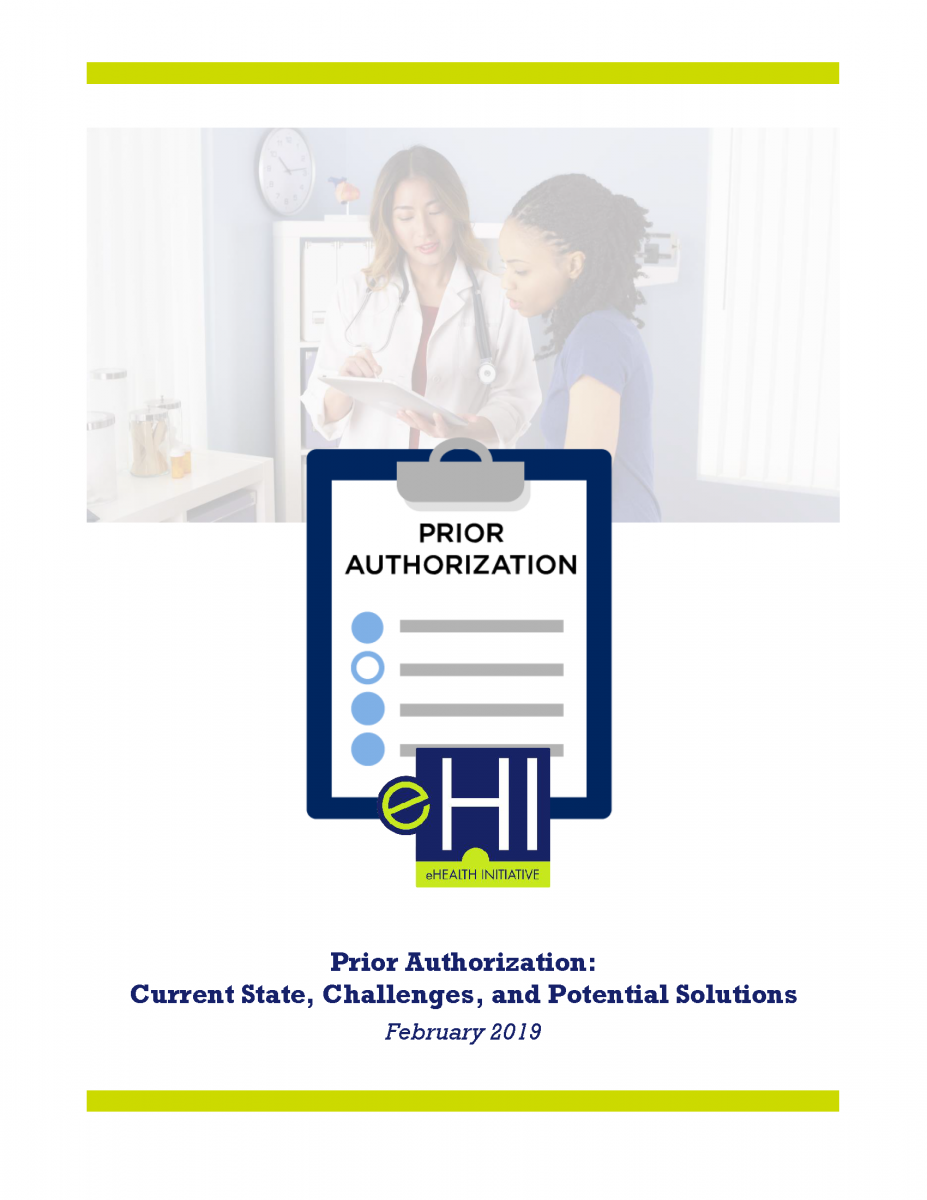 The prior authorization (PA) process is entrenched in today’s healthcare system. Prior authorization is a decision by a payer that a healthcare service, treatment plan, prescription drug, or durable medical equipment is medically necessary and is included in a member’s coverage. Although PA is meant to ensure appropriate, cost-effective healthcare, it often creates barriers and administrative burdens for providers, payers, and patients. In a world where rovers roam capably on Mars, PA is still a broken process. Fixing PA will alleviate stress for patients and providers and reduce costs for healthcare as a whole.
The prior authorization (PA) process is entrenched in today’s healthcare system. Prior authorization is a decision by a payer that a healthcare service, treatment plan, prescription drug, or durable medical equipment is medically necessary and is included in a member’s coverage. Although PA is meant to ensure appropriate, cost-effective healthcare, it often creates barriers and administrative burdens for providers, payers, and patients. In a world where rovers roam capably on Mars, PA is still a broken process. Fixing PA will alleviate stress for patients and providers and reduce costs for healthcare as a whole.
In Fall 2018, eHealth Initiative (eHI) and Virence Health (now a part of athenahealth) embarked on a project to find practical solutions for fixing PA. eHI began the endeavor by gathering feedback from high-level executives during structured interviews, specifically:
- Provider perspectives on PA and appropriate use criteria in the workflow
- Organizational approaches to implementing PA
- Strategic organizational goals around PA
- Barriers limiting the automation and implementation of PA
- Actions that policymakers, payers, and patients could take to improve PA
These interviews set the groundwork for two roundtable discussions that convened multiple stakeholders throughout healthcare. Stakeholders were well versed in the subject of PA, representing the issue from various perspectives with hundreds of years of collective experience in the health IT sector. As a component in eHI’s Prior Authorization Initiative, this brief discusses the current state of PA, and offers examples of initiatives, from the field, that are working to address PA. Download the full report below.
Considerations for Improving Prior Authorization Document
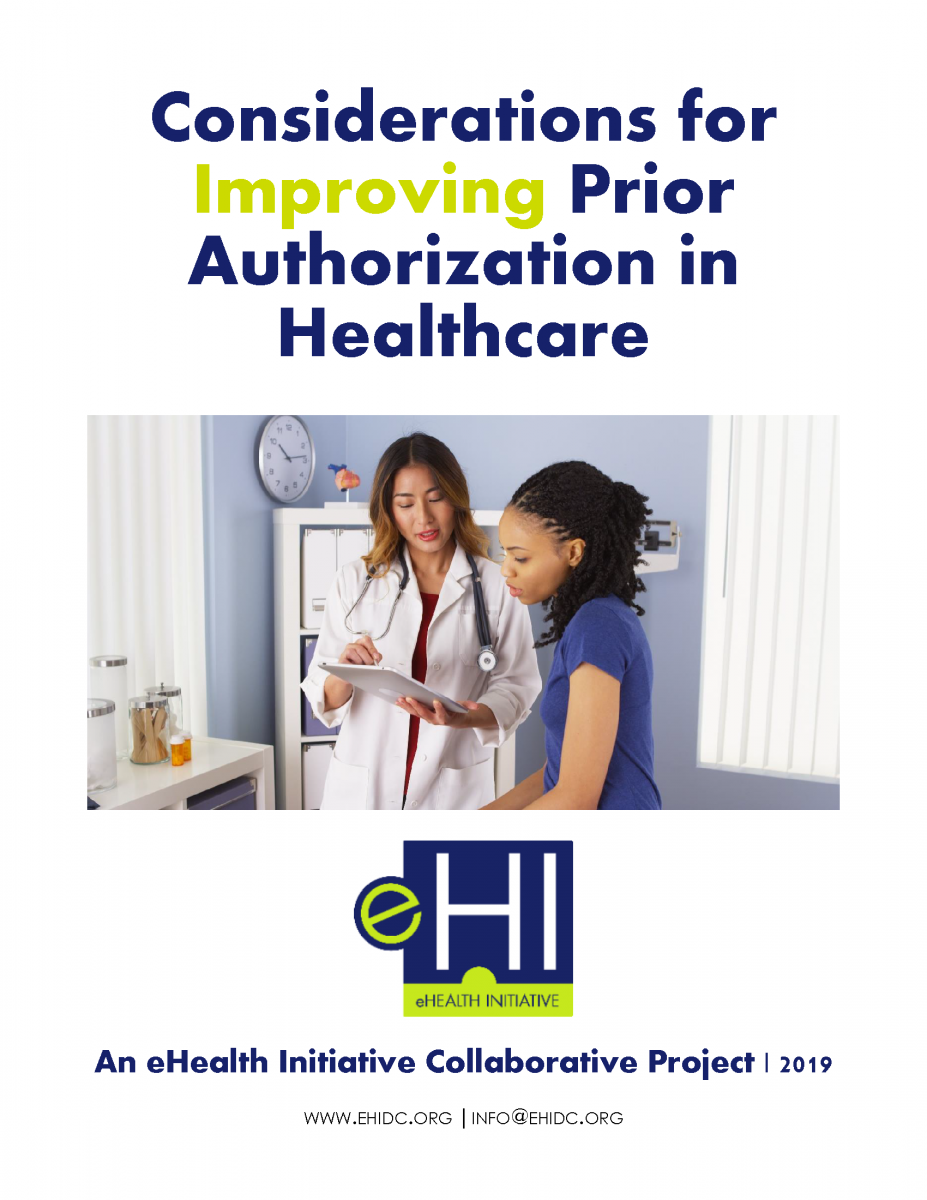 In 2018 and 2019, eHealth Initiative (eHI) convened a series of prior authorization workshops with representatives from key stakeholder organizations across healthcare. The goal of the workshops was to establish a set of recommended practices to help improve the current prior authorization environment and to respond to the widespread challenges and dissatisfaction healthcare professionals have with prior authorization.
In 2018 and 2019, eHealth Initiative (eHI) convened a series of prior authorization workshops with representatives from key stakeholder organizations across healthcare. The goal of the workshops was to establish a set of recommended practices to help improve the current prior authorization environment and to respond to the widespread challenges and dissatisfaction healthcare professionals have with prior authorization.
United States healthcare spending grew to $3.5 trillion by the end of 2017, and approximately 1 in 3 dollars of those expenditures do not actually improve health. Experts estimate that about 30% of health spending is wasted on unnecessary services, excessive administrative costs, fraud, and other problems. Prior authorization is also meant to optimize patient outcomes and protect their safety. Healthcare payers utilize prior authorization to keep costs in check while reducing waste; error; and unnecessary procedures, treatments, and prescriptions.
The prior authorization process has, however, proved burdensome for healthcare professionals (clinicians, nurses, physicians, and others who provide care directly to patients) and can result in delayed or denied patient care. A recent American Medical Association (AMA) survey revealed that 86% of physician respondents feel that the burden associated with prior authorization in their office is either “high or extremely high” and that they and their staff spend an average of 14.9 hours each week to complete the prior authorization workload.
Download the full report below.
.

